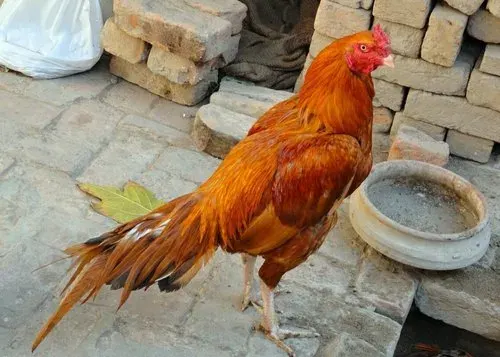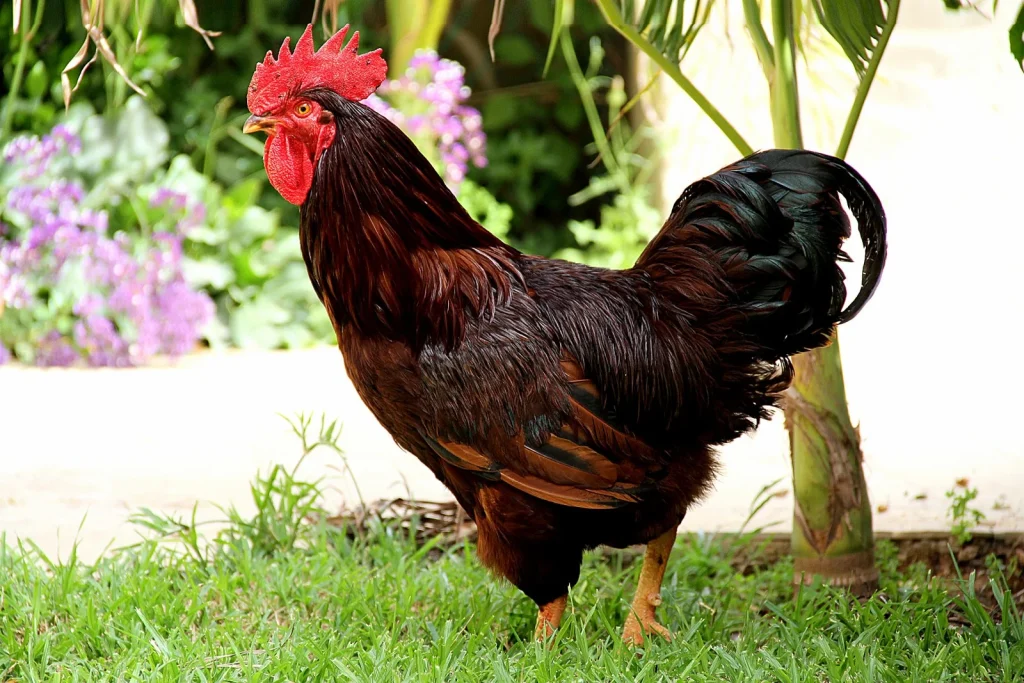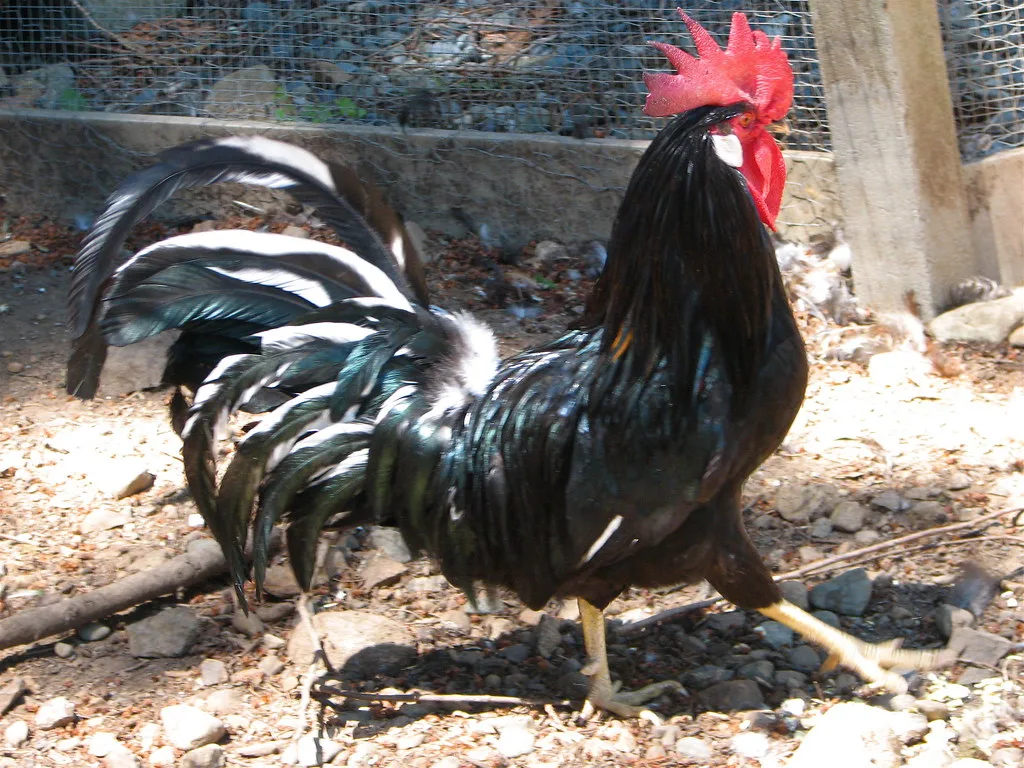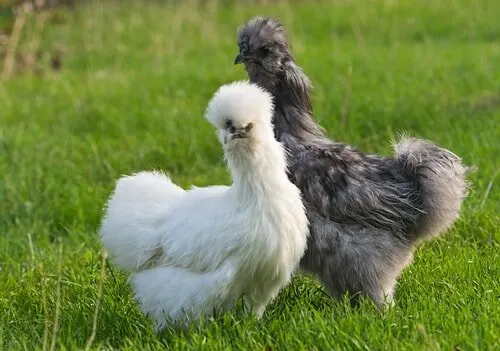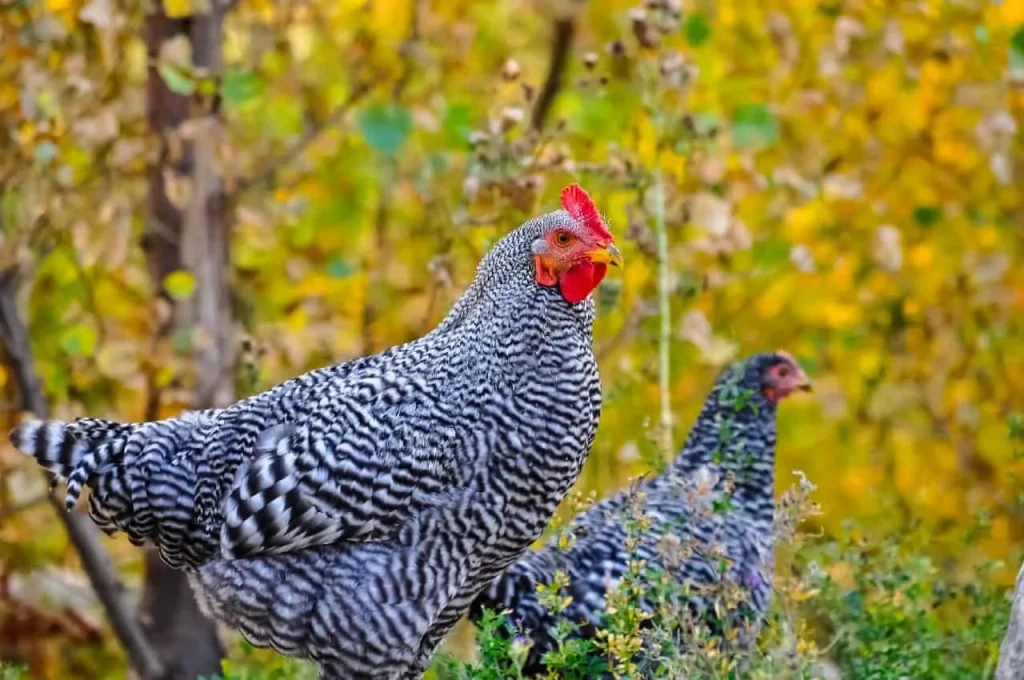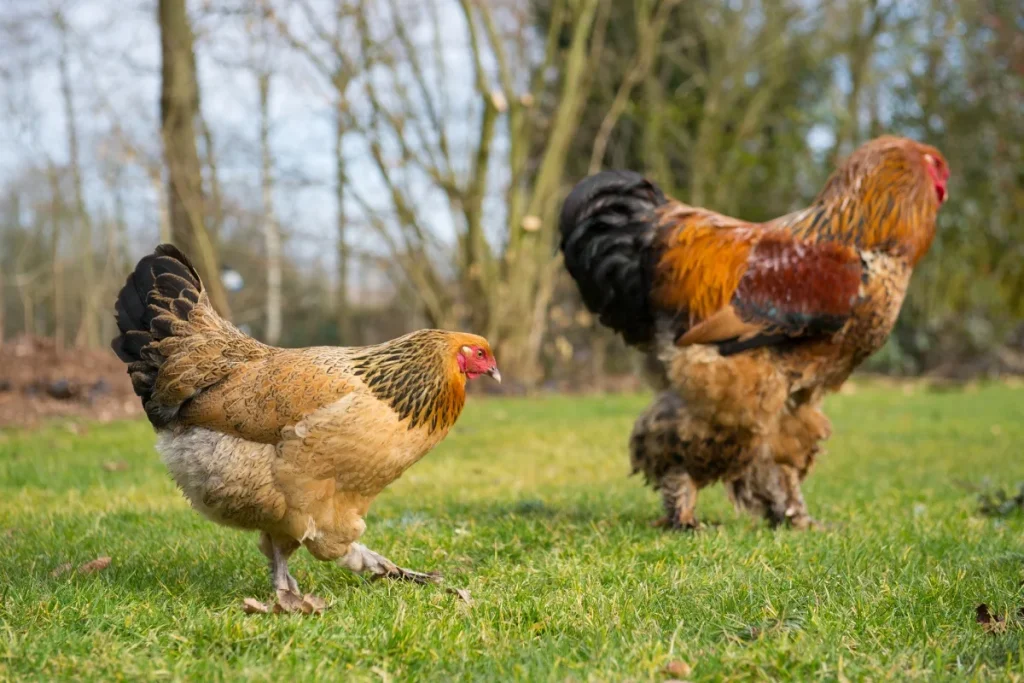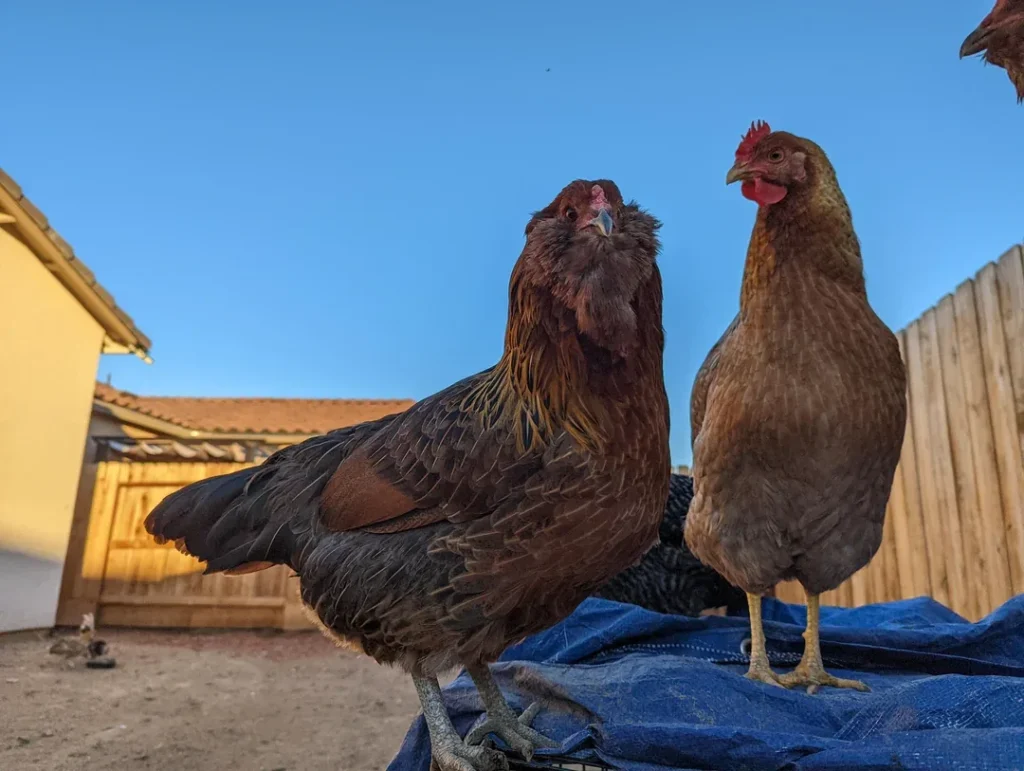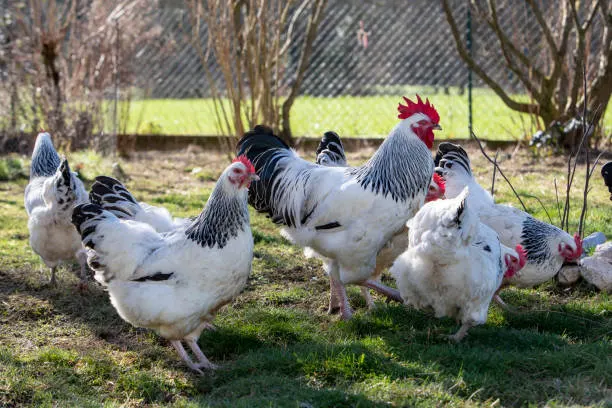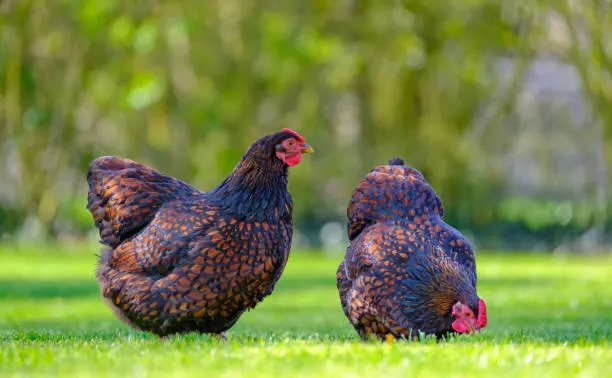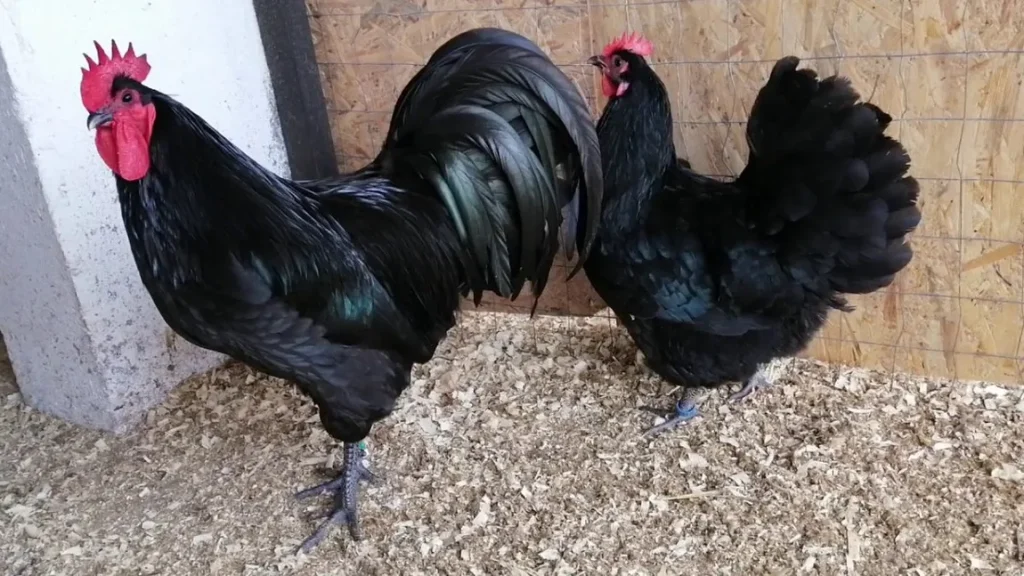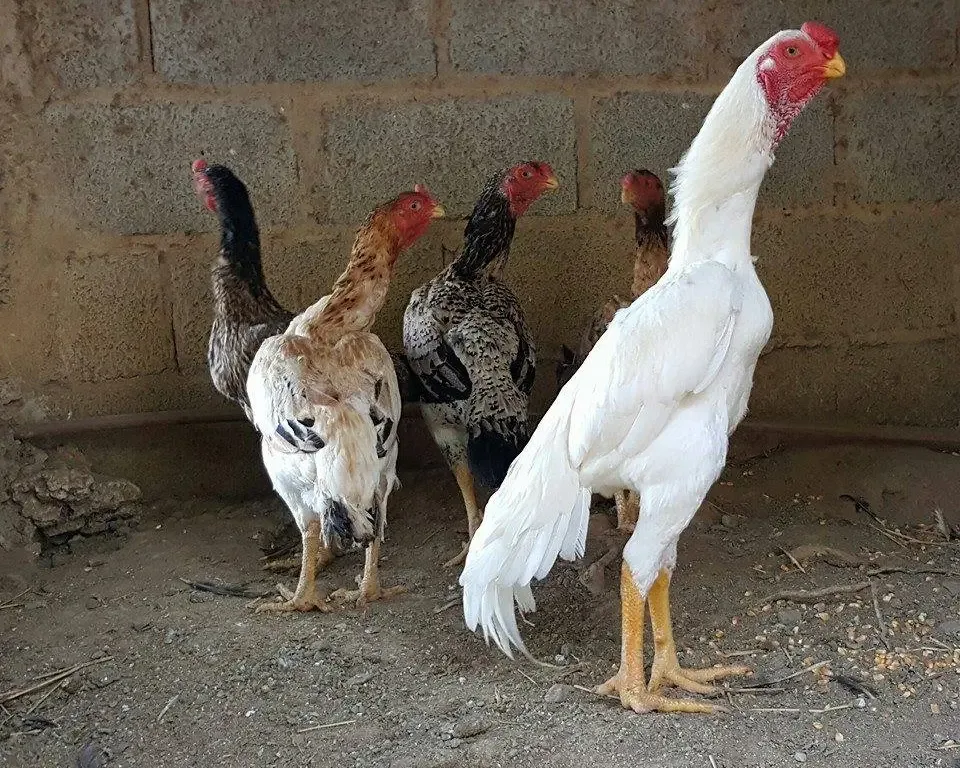The Peela Aseel is one of the most admired and visually striking sub-breeds of the legendary Pakistani Aseel chicken. Renowned for its golden-yellow plumage and powerful physique, this breed is a top favorite among desi chicken lovers and gamefowl enthusiasts. Originating from the heartlands of Punjab, Peela Aseel is celebrated for its strength, loyalty, and beauty.
History and Background
Peela Aseel is a part of the rich Aseel lineage, which dates back centuries across the Indian subcontinent. Over generations, selective breeding brought out specific traits such as speed, agility, and resilience. Among these, Peela Aseel stands out due to its unique feather coloration and fighting prowess.
Historically, it was cherished by rural elites and gamefowl trainers who appreciated its mix of beauty and brawn. Today, it continues to be a cultural symbol in many Pakistani villages and is highly respected in cockfighting circuits and poultry shows.
Physical Appearance
The most defining feature of Peela Aseel is its golden-yellow feathers, which give it an elegant and fiery look. Roosters often have deeper golden or mustard-colored plumage, with shimmering tones under sunlight. Their bodies are muscular, tall, and upright.
They possess strong beaks, long legs, tight feathers, and a firm stance that shows dominance and alertness. Their eyes are usually sharp and reddish, reflecting their intense spirit. The comb is typically small and pea-shaped, consistent with other Aseel varieties.
Temperament and Behavior
Peela Aseels are bold, fearless, and territorial. Roosters are especially aggressive towards other males and must be housed separately. Despite their dominance, they can be gentle with handlers if raised with care and consistency.
They develop a deep bond with their keepers and respond well to daily interaction. This makes them manageable for experienced poultry keepers, though not ideal for beginners or crowded environments.
Exercise and Activity
To maintain their strength and sharpness, Peela Aseels require daily activity. Free-ranging in open spaces, running, and scratching the earth are important for their physical and mental well-being.
Many breeders also involve them in controlled training routines that include sparring, wing exercises, and obstacle movement. This not only builds stamina but keeps aggression under control.
Diet and Nutrition
A power-packed diet is essential for Peela Aseels. Their meals should include:
- Whole grains like corn, wheat, and millet
- Lentils and soaked chickpeas for protein
- Boiled eggs or minced meat for muscle strength
- Fresh greens like spinach, coriander, and fenugreek
Clean drinking water should be available at all times. Avoid fatty, oily, or artificial foods. For top performance, some breeders provide herbal supplements and calcium boosters.
Health and Maintenance
Peela Aseel is a tough and durable breed, but routine care is still crucial. Regular deworming, vaccination, and parasite control help prevent common illnesses. Keep their housing dry, clean, and well-ventilated.
Inspect feathers and skin weekly for signs of mites or lice. Provide dry sand baths and ensure the coop has enough space for each bird to prevent stress.
Interaction and Handling
While Peela Aseels may look intimidating, they can become calm and responsive with familiar handlers. Chicks raised by hand tend to develop stronger human bonds. Roosters, however, must be approached carefully, especially during breeding or when rival birds are nearby.
Children should not interact unsupervised, but trained adults will find them to be alert, intelligent, and even cooperative.
Egg Laying and Mothering
Peela Aseel hens are not heavy layers but are excellent mothers. They usually lay 40–60 eggs per year. Their brooding instincts are strong, and they guard their nests fiercely.
Chicks are born with strong genes and exhibit their robust traits early. Hens prefer calm and hidden places to lay eggs and require minimal intervention during the brooding period.
Popularity and Cultural Value
In Pakistani culture, the Peela Aseel is more than just a chicken—it is a status symbol. Villagers often boast about the size and power of their Peela roosters, and these birds are regularly showcased in traditional poultry contests and village fairs.
Their golden feathers and fierce attitude make them unforgettable, whether in a fight ring or a poultry show. Peela Aseels are often gifted as valuable presents and passed down through generations.
Fun Facts About Peela Aseel
- “Peela” means yellow in Urdu, referencing its golden feathers.
- Often considered the fastest Aseel in short matches.
- Highly sought-after in Afghanistan, India, and the Middle East.
- Used in crossbreeding to enhance muscle tone in other breeds.
- Known to recognize their trainers and follow voice commands.
Frequently Asked Questions
Q1: What makes Peela Aseel different from other Aseel breeds?
A: Its golden-yellow plumage and unique mix of strength and elegance make it stand out.
Q2: Is Peela Aseel aggressive?
A: Yes, especially the roosters. They are territorial and should be kept separately from other males.
Q3: Can Peela Aseel be raised in urban areas?
A: With proper space and legal compliance, yes. But they require dedicated handling and exercise.
Q4: How many eggs do Pela hens lay?
A: Around 40 to 60 eggs annually, depending on their diet and care.
Q5: Are Peela Aseels good for meat?
A: Yes, they have lean, flavorful meat, though they are mostly kept for breeding or competition.
Conclusion
The Peela Aseel is a golden jewel in the crown of Pakistani poultry heritage. With its majestic looks, fiery spirit, and cultural significance, it continues to win the hearts of breeders and bird lovers alike. Whether you’re passionate about gamefowl or simply admire traditional breeds, raising a Peela Aseel offers pride, challenge, and deep satisfaction.
Peela Aseel for Sale
The Peela Aseel is a renowned variety of Aseel chicken, admired for its golden-yellow plumage, muscular physique, and bold temperament. Popular among traditional poultry breeders in South Asia and increasingly sought-after in other regions, this breed stands out for its strength, beauty, and cultural legacy. Whether you are looking to breed, show, or raise them for admiration, the Peela Aseel offers a fascinating addition to your flock. Below are links to trusted platforms offering Peela Aseel for sale around the world.
